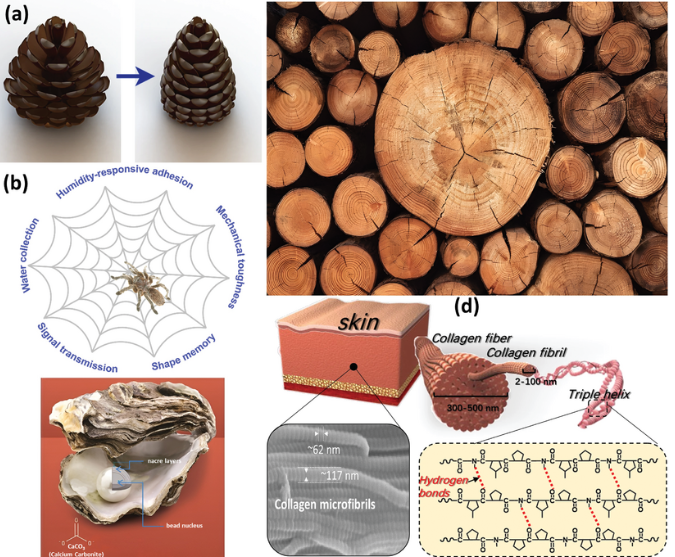Revolutionizing Additive Manufacturing: A Deep Dive into Continuous Liquid Interface Production (CLIP)
- Aniksha Kar
- Apr 7, 2024
- 2 min read

Introduction:
Additive manufacturing, commonly known as 3D printing, has rapidly evolved over the years, introducing groundbreaking technologies that have transformed the manufacturing landscape. One such innovation is Continuous Liquid Interface Production (CLIP), a revolutionary 3D printing technology that offers unprecedented speed, precision, and versatility. In this blog, we'll explore the principles behind CLIP, its applications across various industries, and the potential impact it holds for the future of manufacturing.
Understanding CLIP:
Continuous Liquid Interface Production (CLIP) is an additive manufacturing process developed by Carbon, a Silicon Valley-based company, in 2015. Unlike traditional layer-by-layer 3D printing methods, CLIP utilizes a photochemical process to create parts from a pool of liquid resin. The key components of CLIP include a photosensitive resin, a UV light source, and an oxygen-permeable window.
How CLIP Works:
1. Resin Pool: CLIP begins with a vat of liquid resin, typically a photosensitive polymer, placed beneath a transparent window.
2. UV Light Projection: A precisely controlled UV light source selectively illuminates the resin through the oxygen-permeable window. This solidifies the resin layer by layer, forming the desired object.
3. Continuous Process: Unlike traditional layer-by-layer printing, CLIP operates continuously, with the object gradually emerging from the resin pool as the build platform moves upward.
Advantages of CLIP:
1. Speed: CLIP can produce parts significantly faster than traditional 3D printing methods, with print speeds ranging from 25 to 100 times faster.
2. Precision: CLIP offers high resolution and surface quality, capable of producing parts with intricate details and smooth finishes.
3. Versatility: CLIP supports a wide range of materials, including engineering-grade resins, elastomers, and biocompatible polymers, making it suitable for diverse applications.
4. Reduced Post-Processing: CLIP produces parts with minimal support structures and no visible layer lines, reducing the need for post-processing and improving overall efficiency.
Applications of CLIP:
1. Prototyping: CLIP is widely used for rapid prototyping in industries such as automotive, aerospace, and consumer electronics, allowing engineers to iterate designs quickly and cost-effectively.
2. Production Parts: With its speed and precision, CLIP is increasingly being adopted for low-volume production of end-use parts, including custom medical devices, dental appliances, and specialty components.
3. Customization: CLIP enables mass customization by allowing each part to be tailored to individual specifications, making it ideal for personalized products such as orthotics, eyewear, and consumer goods.
Challenges and Future Outlook:
While CLIP offers numerous advantages, challenges such as material selection, process optimization, and cost-effectiveness remain. However, ongoing research and development efforts are addressing these challenges, paving the way for broader adoption of CLIP in manufacturing.
Conclusion:
Continuous Liquid Interface Production (CLIP) represents a significant advancement in additive manufacturing, offering unparalleled speed, precision, and versatility. With its ability to produce high-quality parts quickly and cost-effectively, CLIP is poised to revolutionize industries ranging from healthcare to aerospace. As the technology continues to mature and evolve, we can expect to see even greater innovation and adoption of CLIP in the years to come, reshaping the future of manufacturing as we know it.




Comments